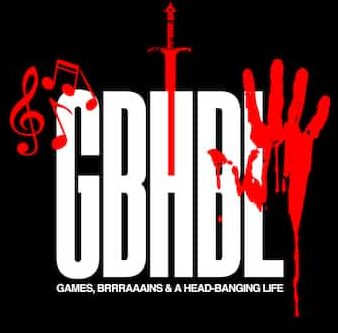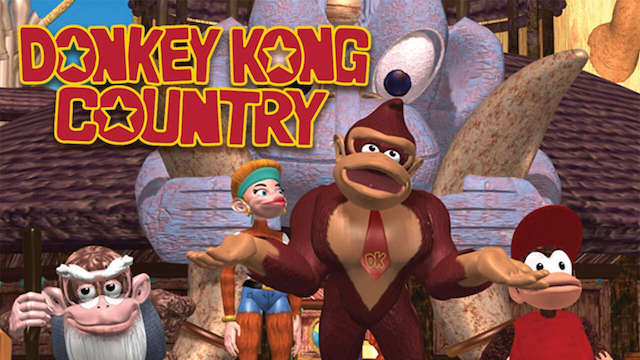TV Series Review: Donkey Kong Country (1997 – 2000)
A beloved Nintendo franchise that most associate with quality, from the original series that helped make Rare a household name in the SNES days. To the underrated Nintendo 64 game Donkey Kong 64 and the later Wii, Wii U and Switch entries. Donkey Kong Country may not be as famous as the likes of Zelda or Mario, but it’s done well for itself over the decades.
So, with that in mind, how many people are aware that the franchise had a long-running animated TV show in the latter part of the 90s? Co-produced by Nelvana, Medialab Studio L.A. (Season 1) and Hong Guang Animation (Season 2), in association with WIC Entertainment. Donkey Kong Country ran for two seasons between 1997 and 2000, totalling 40 episodes overall, 26 in season 1 and 14 in season 2.
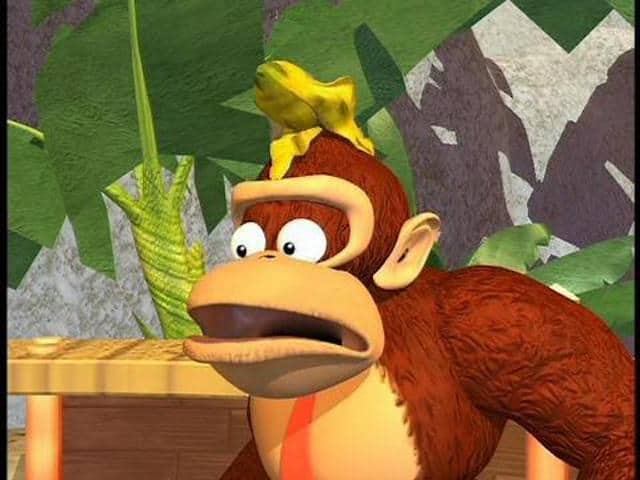
It is considered to be the first television series that is primarily animated with motion capture technology. An impressive feat for the time, and the show’s animation (in particular the improved visuals of season 2) still holds up 2023. What doesn’t hold up, if it ever did, is a lot of the actual content.
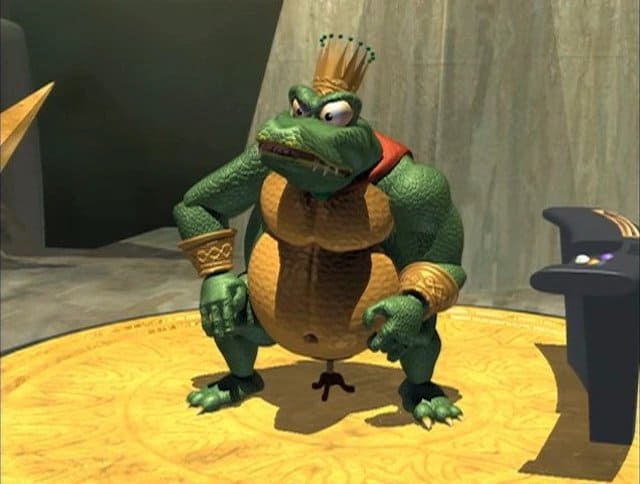
Every episode is stand-alone, with no continuing story arcs. Which is par for the course with most kid-friendly, animated tv shows. This means you can watch the antics of Donkey Kong and the denizens of Kongo Bongo island in any order you want, and not be left feeling confused. On the one hand, it makes the show extremely accessible, but on the other, it makes some of the episodes feel extremely pointless. Why teach a lesson in the episode when it’s completely forgotten about in the next?
Overall, the plot surrounds the apes of Kongo Bongo as they try to live their lives and protect the series McGuffin – the Crystal Coconut. This is a magical coconut that chose Donkey Kong as the future ruler of Kongo Bongo and he must keep it safe from all threats. Threats that predominantly come from King K. Rool and his two minions, Krusha and Klump, who are always trying to get their claws on it.

That is the overarching plot point of the entire show but it’s not always the focal point. The antics of others and how their relationships work does lead to other stories and delivers a wider range of entertaining elements.
Although most of the entertainment credit can be given to both the animation team, who really bring the characters to life, and the voice actors, who really put the effort in. Even if some are quite irritating to the ears (Cranky and Eddie the Mean Old Yeti) and don’t quite have the singing voice down. In one case, Richard Yearwood who voices Donkey Kong doesn’t even sing, it’s Sterling Jarvis who does the singing voice, and it’s hilariously obviously different.

Oh yes, we can’t talk about Donkey Kong Country without mentioning that it’s also a musical and every episode features two songs sung in different styles and by a wide array of characters. Often awkwardly jammed in, some being far too long, and most being complete filler, the songs are easily the most forgettable aspect of the entire show.
Which, sadly, is how the entire show can be summed up… forgettable. It’s not that it has aged terribly or that it features questionable content, it’s that there’s nothing remarkable about it. Almost every episode feels like fluff, there’s no long term character development, no detailed and nuanced stories, and memorable moments.
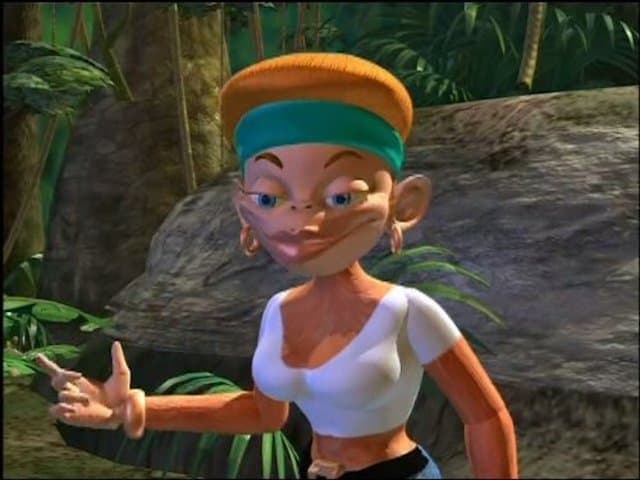
The majority of the episodes can be summed up with a shrug. Every so often there’s a terrible one, and once or twice, there is an episode that is both clever and interesting. It’s not a great return for 40 episodes, but it is a slice of video game history.
Donkey Kong Country (Season One and Two)
-
The Final Score - 6/10
6/10
